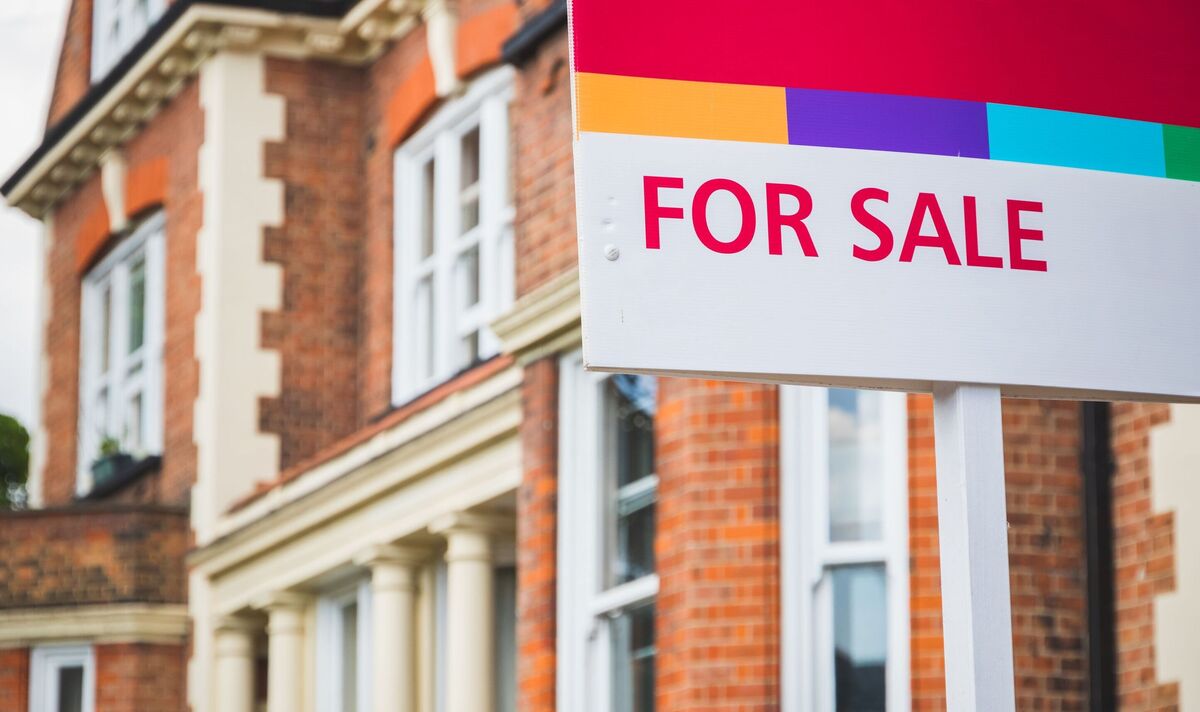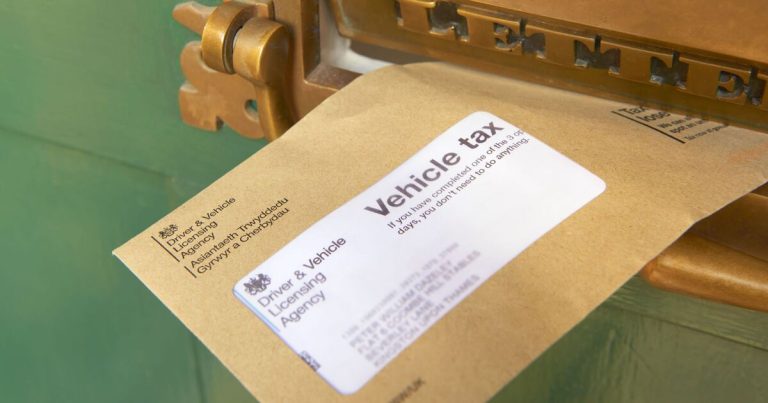
Average UK house prices fell by 1.2 percent in the 12 months to October 2023, according to new figures.
According to the Office for National Statistics (ONS), this marked a steeper decline than a decrease of 0.6 percent recorded in the 12 months to September 2023.
The average UK house price in October 2023 stood at £288,000, which ONS said indicated a £3,000 drop in 12 months. However, according to ONS data from the same month the previous year, average prices were recorded at £296,000, reflecting an £8,000 drop.
Average house prices over the 12 months to October 2023 decreased in England to £306,000 (falling by 1.4 percent) and decreased in Wales to £214,000 (falling by three percent).
Meanwhile, average prices in Scotland increased to £191,000 (a 0.2 percent increase). Average house prices also increased in Northern Ireland by 2.1 percent annually to £180,000.
The North East was the only English region which saw an increase in average house prices in the 12 months to October 2023 (0.2 percent), while London saw the largest fall by 3.6 percent.
Nevertheless, London retains the highest average house prices among all regions in the UK, standing at £516,000 in October 2023.
Marc von Grundherr, director of Benham and Reeves, commented: “Like most of us during the closing stages of the year, the UK property market remains a tad lethargic with no real movement planned until the new year comes.
“House prices continue to sit marginally below the previous record highs seen on an annual basis but have held their own given the turbulent year we’ve faced. We are starting to see murmurs or a return to form though and as buyers and sellers dust themselves down in the new year, we expect business to resume as usual.”
Mobeen Akram, national new homes account director at the Mortgage Advice Bureau New Homes said today’s HPI announcement shows we’ve entered “a period of slow, yet gradual, economic progress”.
He said: “Coupled with the Bank of England’s decision to hold interest rates for a third consecutive time, alongside today’s announcement that inflation has decreased to 3.9 percent, we’re ending the year in a more optimistic position.
“Banks are continuing to cut rates, reducing affordability checks in an effort to boost the market. What’s more, the number of net mortgage approvals for property purchases rose by 3,700 in October, showing encouraging signs of a more fluid homebuyer’s market.
“Average house prices fell by 1.2 percent in October, marking a 0.7 percent decline from last month, and in the new build sector, we’ve witnessed a 10.5 percent monthly increase in new build property prices.
“As an industry, we should certainly fare better than we did in 2023, with signs of increased market resilience and buyer confidence. It’s now about addressing the challenges at hand and focusing on what we can control. While there’s still some way to go, growth is still growth, and the worst should be behind us. 2024 will be a year of building, and strengthening the foundations of our industry in preparation for 2025.”
James Briggs, head of intermediary sales at Together commented: “Today’s fall in house prices is a further sign of weak buyer demand as the end of the year draws to a close.
“Whilst a reduction in prices may be a welcome change for both investors and first-time buyers who may be on the lookout for discount opportunities; where mortgage rates track in the New Year will dictate what the majority do next.
“We are already prepared for further amateur landlords to exit the market in the next 12 months, opening the door to professionals and those looking to broaden their portfolios.
“With this next inflation update, all will be weighing up whether to make a move in the short-term or keep cautious and plan ahead for when the market regains its previous buoyancy.”







